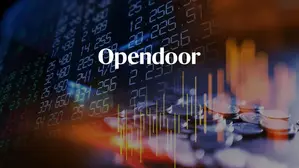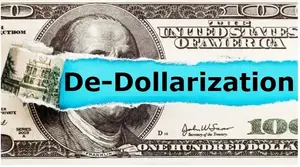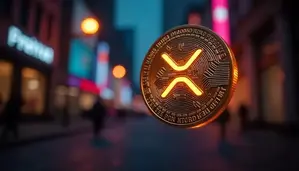The first Solana staking ETF in the US, REX-Osprey Solana Staking ETF (SSK), has made a big splash upon launch. According to Bloomberg ETF expert Eric Balchunas, SSK ended the day with a volume of $33 million. The figure is much higher than SOL futures ETF and XRP futures ETF numbers. While the debut volume is incredible, Balchunas highlights that the figure is still far lower than Bitcoin (BTC) and Ethereum (ETH) spot ETF numbers.
Solana Gains As Market Shows Reversal Signs

The cryptocurrency market seems to be breaking past its resistance. SOL has rallied 4.1% in the daily charts, 7.6% in the weekly charts, 6.3% in the 14-day charts, and 4.4% since July 2024. Despite the current rally, SOL’s price is still down by 2.4% over the previous month.

The market resurgence could be due to increased institutional inflows into spot Bitcoin (BTC) ETFs. BTC has breached the $109,000 mark. SOL and other crypto assets are likely following BTC’s trajectory. The original crypto is currently down by just 2.2% from its all-time high of $111,814.
Will The Market Maintain This Rally?
The current market is sustained by big institutional inflows. The rally could continue if financial firms are consistent with increasing their crypto exposure. According to Standard Chartered’s digital asset expert Geoffrey Kendrick, BTC could continue to rally over the coming weeks. Kendrick anticipates the asset to hit a high of $135,000 in Q3 of this year. BTC hitting a new peak could bring SOL to new monthly highs.
There are a few spot Solana (SOL) ETF applications awaiting approval at the SEC. There is a high probability that the SEC will approve at least one SOL ETF sometime this year. An ETH launch will likely lead to a big spike in institutional investments in the project. The development could lead to a massive price spike for SOL. How the SEC makes its decision is yet to be seen.
Also Read: Solana Rallies 7% After Advisor Joins Elon Musk’s X
There is a possibility that the market will face a correction. Trade wars and geopolitical tensions could introduce fear among investors.






